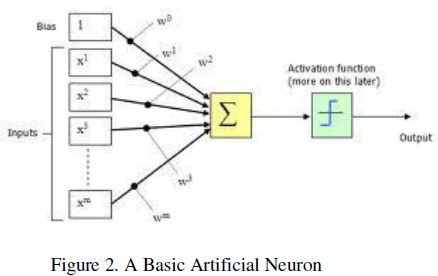
We use the sample of the RY product of the German Weather Service (DWD) as input data for training and validating the RainNet model.
#NEURAL NETWORK RADAR CODE#
To train RainNet from scratch, a Colab notebook has been provided by Pradyumna Gupta in the examples/ folder.The notebook contains the essential description of the code and the links to the dataset. The pretrained weights of the RainNet model are available on Zenodo. The optimization procedure has converged on the 8 th epoch showing saturation of RainNet's performance on the validation data.

We optimized RainNet's parameters using 10 epochs with a mini batch of size 2.
#NEURAL NETWORK RADAR UPDATE#
Where now i and obs i are nowcast and observation at the i-th location, respectively cosh is the hyperbolic cosine function n is the number of cells in radar scans.įinally, we update RainNet's model parameters to minimize the loss function using backpropagation algorithm where the Adam optimizer is utilized to compute the gradients. We use the logcosh loss function as follows: Third, we calculate a loss function that represents the deviation between prediction and observation. Second, RainNet makes a prediction based on the input data. For both, input and observation, we increase the spatial extent to 928x928 using mirror padding, and transform precipitation depth x (in mm) as follows : We optimized these parameters using a procedure of which we show one iteration in figure below.įirst, we read a sample of input data that consists of radar scans at time t-15, t-10, t-5 minutes, and t (where t is nowcast time), and a sample of the observed precipitation at time t+5.

In total, RainNet has almost 31.4 million parameters. Source: RainNet architecture by PyDot Optimization procedure Correspondingly, the radar composite grids were transformed from the native spatial extent of 900x900 cells to the extent of 928x928 cells using mirror padding. As a consequence, the spatial extent on different resolutional levels becomes identical for the decoder and encoder branches. One of the prerequisites for U-Net based architectures is that the spatial extent of input data has to be a multiple of 2 n+1, where n is the number of max pooling layers. In total, RainNet has 20 convolutional, four max pooling, four upsampling, two dropout layers, and four skip connections. There are skip connections from the encoder to the decoder branches in order to ensure semantic connectivity between features on different layers. RainNet follows an encoder-decoder architecture in which the encoder progressively downscales the spatial resolution using pooling, followed by convolutional layers and the decoder progressively upscales the learned patterns to a higher spatial resolution using upsampling, followed by convolutional layers. The RainNet's design was inspired by the U-Net and SegNet families of deep learning models which were originally designed for binary segmentation tasks. The pretrained instance of keras Model for RainNet, as well as RainNet's pretrained weights are available on Zenodo: The source code of the RainNet model written using Keras functional API is in the file rainnet.py. RainNet was trained to predict continuous precipitation intensities at a lead time of five minutes, using several years of quality-controlled weather radar composites provided by the German Weather Service (DWD).

Here we introduce RainNet - a convolutional neural network for radar-based precipitation nowcasting. RainNet: a convolutional neural network for radar-based precipitation nowcasting


 0 kommentar(er)
0 kommentar(er)
